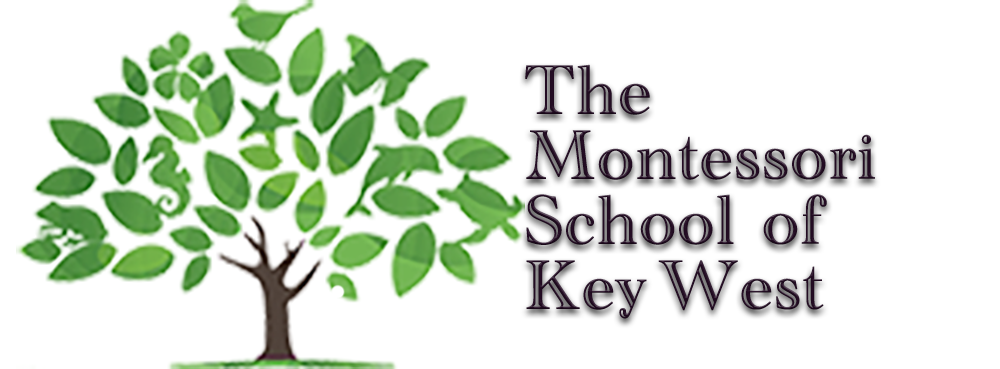Geography the Montessori Way
“The greatest gifts we can give our children are the roots of responsibility and the wings of independence.”
—MARIA MONTESSORI
Geography Curriculum
We are all members of the human family. Our goal is to develop a global perspective, and the study of world cultures forms a cornerstone of our curriculum.
With this goal in mind, we teach world cultures from age three through graduation. Our youngest students work with specially designed maps and begin to learn the names of the world’s continents and countries. Physical geography begins in the first grade with a study of the formation of the Earth, the emergence of the oceans and atmosphere, and the evolution of life. Students learn about the world’s rivers, lakes, deserts, mountain ranges, and natural resources.
International studies continue throughout our course of study. The curriculum integrates art, music, dance, cooking, geography, literature, and science. Students prepare and enjoy dishes from all over the world. They learn traditional folksongs and dances in music, and explore traditional folk-crafts in art. In English, they read the traditional folktales, and prepare reports.
Older students begin to study world cultures in greater depth: customs, housing, diet, government, industry, the arts, and history.
Physical Geography
The Primary Globes (Ages 3-5): These are specially prepared globes for the very young child that isolate single concepts of globe study—how land and water are shown, and the corresponding shapes of the continents that they learned from the puzzle maps.
The Puzzle Maps (Ages 3-7): These are specially made maps in the forms of intricate, color-coded, wooden jigsaw puzzles representing the continents, the countries of each continent, and the states of the U.S. They are presented to the children at an early age, and are at first enjoyed simply as challenging puzzles. Soon, however, the children begin to learn the names of given countries, and by age 6 are normally very familiar with the continents of the globe, the nations of North America, South America, and Europe, along with most of the states of the U.S. As soon as the children can read they begin to lay the puzzle pieces out and place the appropriate name labels to each as a reading exercise.
Land & Water Formations: These materials are designed to help the very young child understand basic land and water formations such as island, isthmus, peninsula, strait, lake, cape, bay, archipelago, and so on. At first, these concepts are represented by three-dimensional models of each, complete with water. Then the children learn to recognize the shapes on maps, and learn about famous examples of each.
Transference to maps: Introduction to written names and various forms of maps, along with early study of the flora, fauna, landscapes, and people of the continents.
Maps and compass: Introduction to longitude and latitude, coordinate position on the globe, the Earth’s poles, the magnetic poles, history and use of the compass, topographic maps, global positioning satellite devices, electronic charts.
An introduction to humankind’s search to understand how Earth was formed, from creation stories to the evidence of contemporary scientific research: origins, geologic forces, formations of the oceans and atmosphere, continental drift and tectonic plates, volcanoes, earth quakes, the ice ages and the formation of mountain ranges. (Age 6)
The study of coasts and land reliefs: hills, mountain ranges, volcanoes, valleys, plains, etc.; their formation, animal life, and effect on people.
The study of the hydrosphere: ocean, rivers, lakes, the water cycle. (By age 8)
Cultural Geography
Countries are studied in many ways at all levels, beginning at about ages 3-4. A number of festivals are held every year to focus on specific cultures and to celebrate life together: an example being Chinese New Year, when the entire school might study China, prepare Chinese food, learn Chinese dances, and participate in a special dragon dance parade. Anything that the children find interesting is used to help them become familiar with the countries of the world: flags, boundaries, food, climate, traditional dress, houses, major cities, children’s toys and games, stamps, coins, traditional foods, art, music, and history. This interweaves through the entire curriculum.
Study of the regions, culture, and natural resources of the United States, including geography, climate, flora and fauna, major rivers and lakes, capitals, important cities, mountains, people, regional foods, traditions, etc. This begins at age 5 and continues at increasing depth at each level.
The detailed study of one nation at a time. Focus moves over the years from one continent to another, as the children’s interest leads them. All aspects of the nation are considered: geography, climate, flora and fauna, major rivers and lakes, cities, mountains, people, food, religions, etc.
Economic Geography
Natural Resources of the Earth.
Production: How natural resources are used by humankind.
Imports and Exports: The interdependence of nations.
